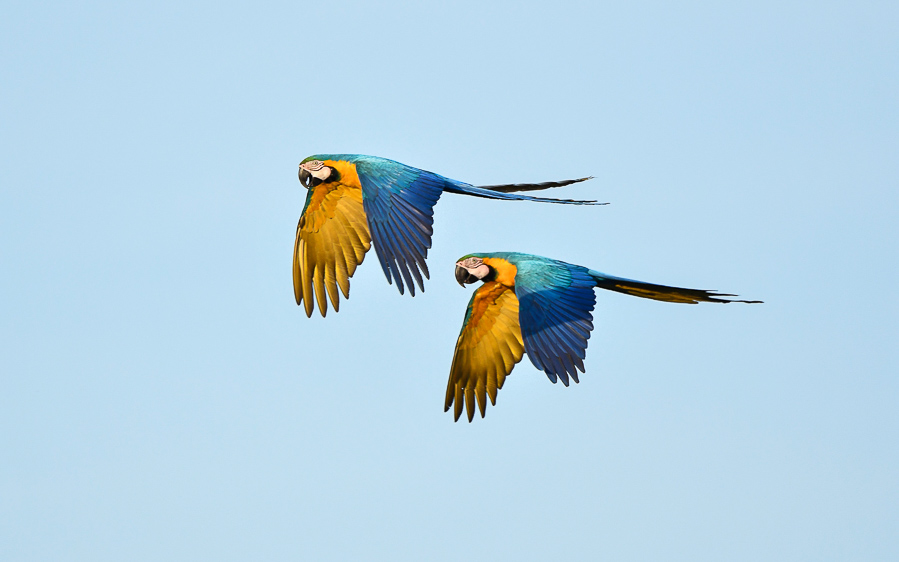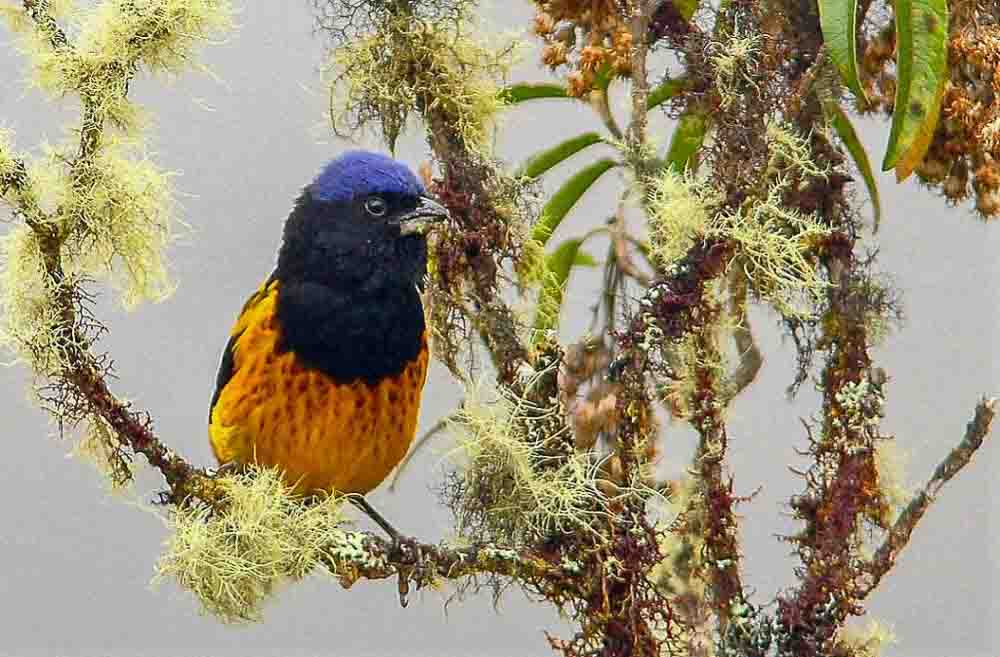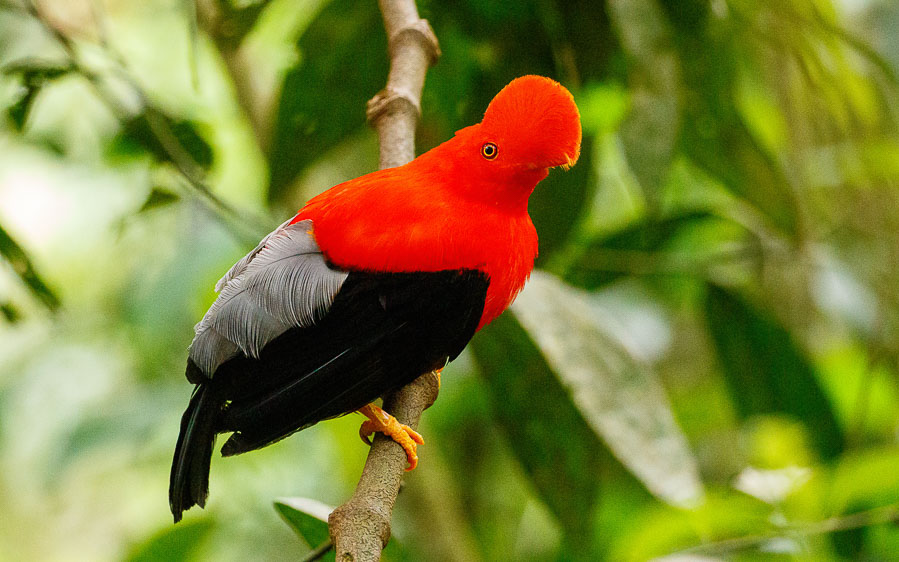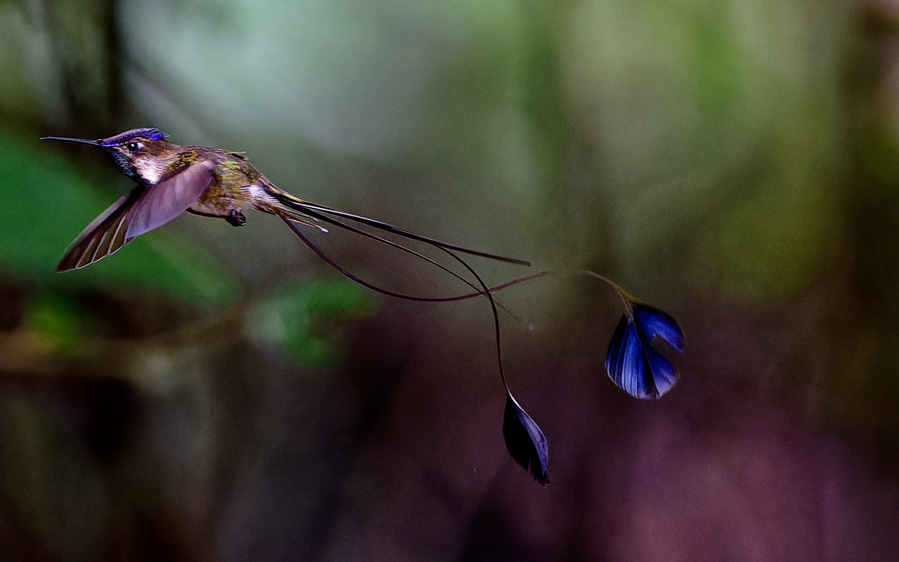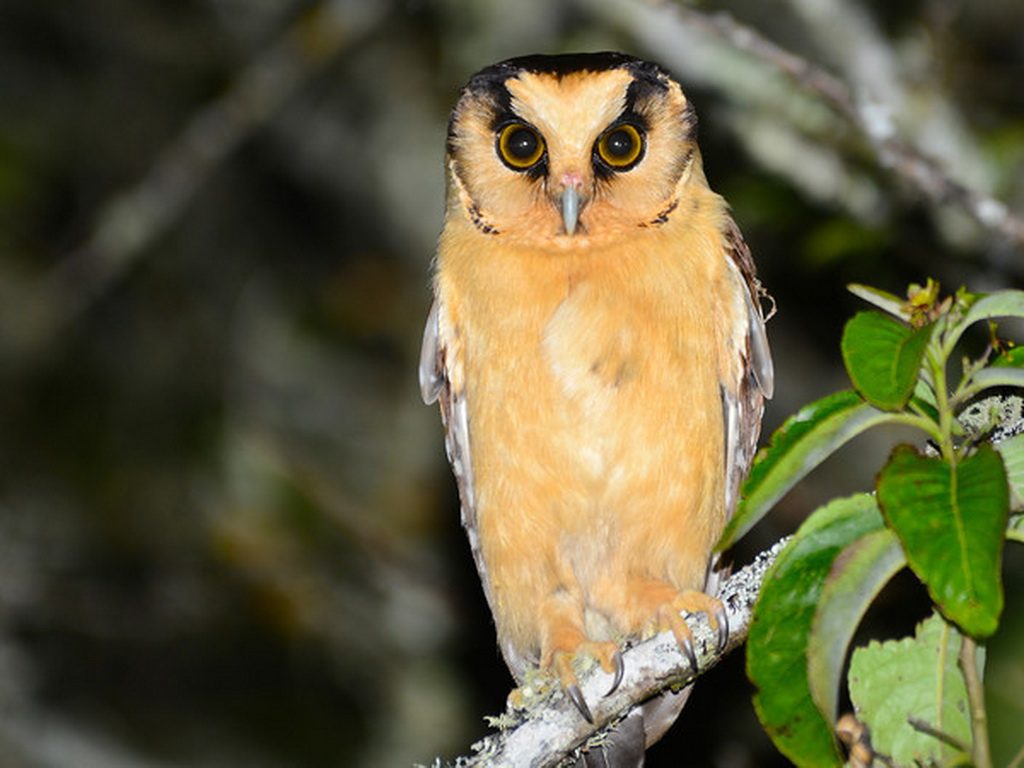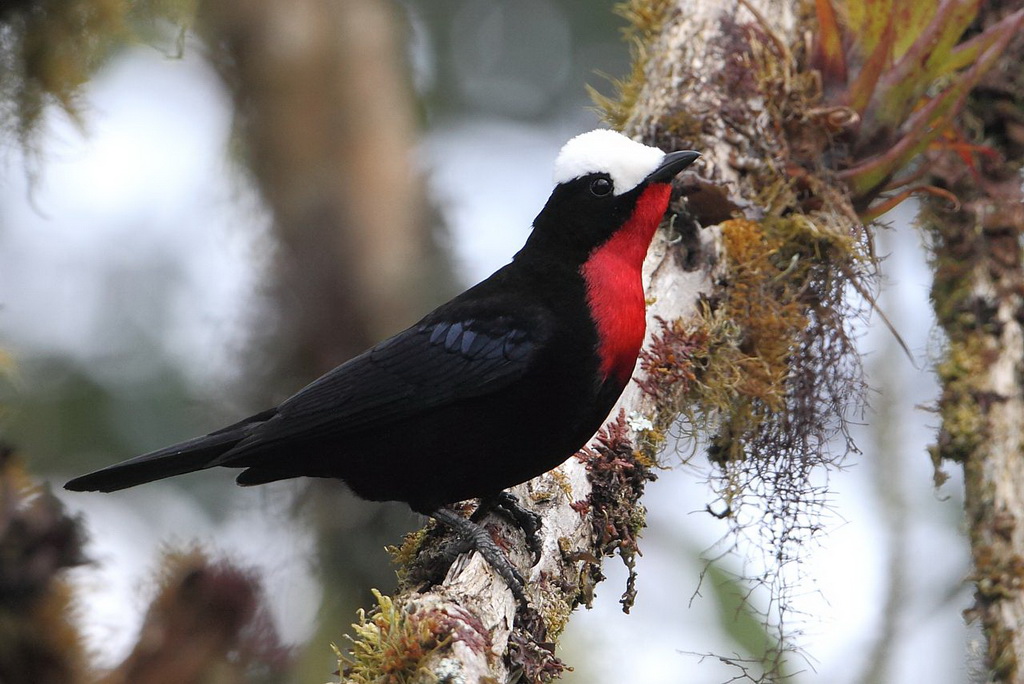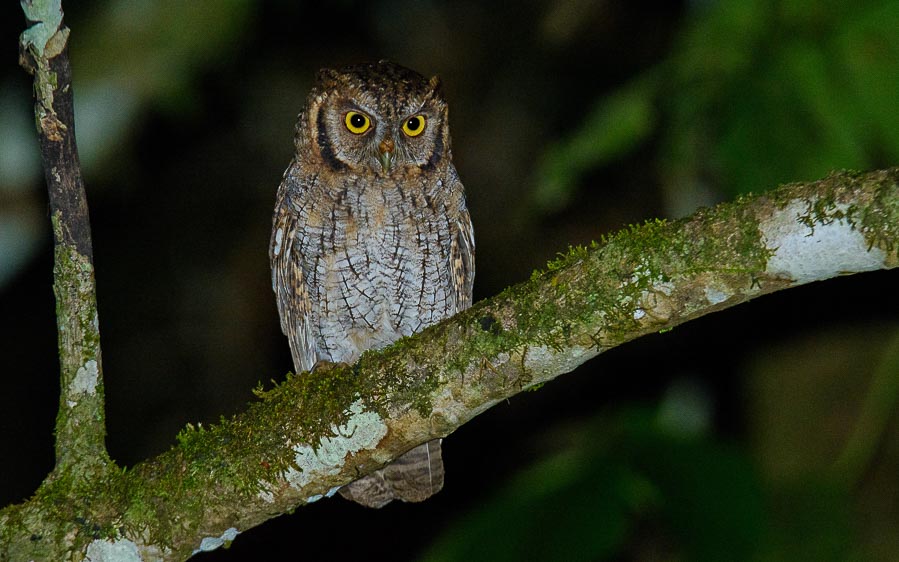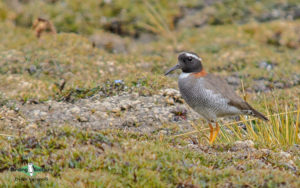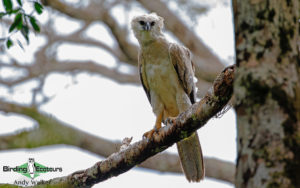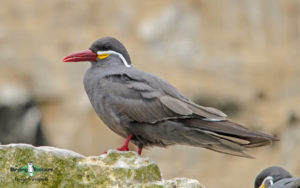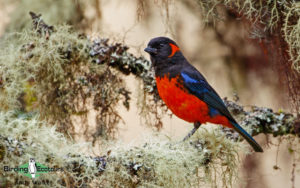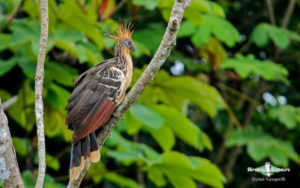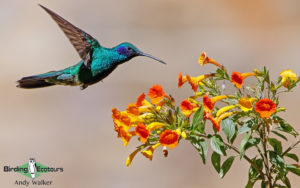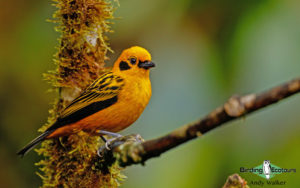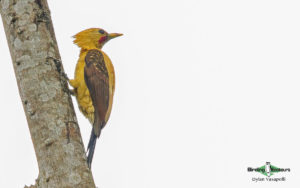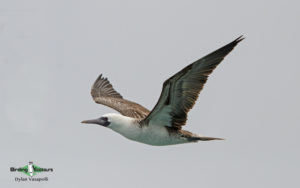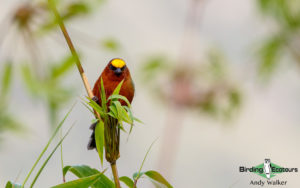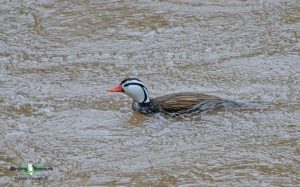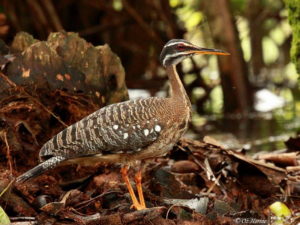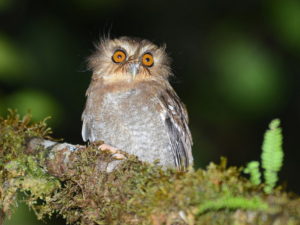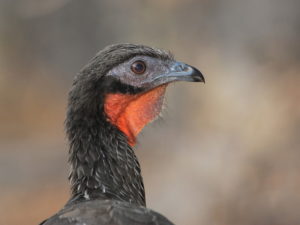Peru Birding Tours
Peru is a land of contrast, history, and some of the most beautiful scenery in South America. Peru birding tours are particularly exciting as the country boasts a country list 1,890 species and 113 endemic birds, making it the second-richest country for avian diversity on the planet. Peru is also one of the 17 megadiverse countries in the world as defined by the World Conservation Monitoring Centre (WCMC) of the United Nations Environment Program, and home to 84 life zones out of the 104 classified on the planet and an incredible variety of plant and animal life. This probably explains the presence of such incredible birding diversity, making a Peru birding tour a dream activity for birders all over the world.
Peru receives a large number of visitors. Each year many tourists come to Peru to visit the famous city of Cusco, the capital of the ancient Inca Empire, and the breathtaking Incan citadel of Machu Picchu nearby. Several adventures are on offer, like hiking great mountain trails such as the Inca Trail or the Ausangate trek, flying over the mysterious Nazca Lines, visiting Lake Titicaca, or enjoying the tasty gastronomy present everywhere.
However, if your goal is bird watching, Birding Ecotours have a number of intriguing Peru birding tours for you and 20 years of experience in organizing Peru birding trips. The most adventurous visitors might love a trip to Southern Peru, and visit the pristine Amazon rainforest with the Manú Road/Manú National Park and Tambopata National Reserve, getting overwhelmed with the large number of species in this area, including Pale-winged Trumpeter, Blue-crowned, Collared, Green-backed, and Black-tailed Trogons, Razor-billed Curassow, Hoatzin, Horned Screamer, Rufous-headed Woodpecker, White-throated Toucan, Golden-collared Toucanet, Lemon-throated Barbet, White-throated Jacamar, Musician Wren, and a large number of secretive forest skulkers including antwrens and antbirds.
Read More About Peru
In addition to this list the Madre de Dios state in Southern Peru offers the best access to some of the best parrots and macaw clay licks in South America, where everyday species like Scarlet Macaw, Red-and-green Macaw, Blue-and-yellow Macaw, Chestnut-fronted Macaw, Blue-headed Macaw, Orange-cheeked Parrot, Blue-headed Parrot, Southern Mealy Amazon, and Yellow-crowned Amazon can be seen observed during one of nature’s most remarkable spectacles.
Cusco hides history behind each corner, and our eight-day trip offers an exquisite list of endemic and range restricted bird species such as Masked Fruiteater, Inca Wren, Bearded Mountaineer, Cusco Brushfinch, Parodi’s Hemispingus, Andean Condor, Andean Goose, Andean Cock-of-the-rock, Rusty-fronted Canastero, Many-colored Rush Tyrant, Vilcabamba Tapaculo, Royal Cinclodes, Ash-breasted Tit-Tyrant, Torrent Duck, and White-capped Dipper. From dry rocky slopes to snow-covered mountains and lush cloud forest mountains our Cusco and Apurímac Jewels birding tour will definitely meet your expectations.
Which area of Peru to visit for your first Peru trip is a hard decision; with so many places and tours on offer you might need our help to start planning. It will depend of course on your taste, but our experts truly love the outstanding two-week Northern Peru birding tour, which generally yields a list of over 500 species in one of the less-visited areas of Peru that holds holy grails of ornithology such as Marvelous Spatuletail and Long-whiskered Owlet. Traveling from the cold waters of the coast of Peru to the Pacific desert to the lower northern mountains to the xerophytic Marañon Valley to the lush cloudforest of Abra Patricia and to the upper Amazonian cloudforest in Tarapoto you will be rewarded with birds such as Peruvian Thick-knee, Inca Tern, Humboldt Penguin, Peruvian Plantcutter, Rufous Flycatcher, Tumbes Tyrant, and White-winged Guan. A long list of owls including Long-whiskered Owlet, Band-bellied Owl, Stygian Owl, Striped Owl, Cinnamon Screech Owl, West Peruvian Screech Owl, Tropical Screech Owl, and even Black-banded Owl and Crested Owl make this one of the best owl trips in South America. However, if you prefer those jeweled feathers that take our breath away as they beat their hearts to 1,000 times per minute, you will be amazed to hear that our Northern Peru bird watching tour can give you the chance for more than 50 species of hummingbirds in only five days! Marvelous Spatuletail, Rufous-crested Coquette, Wire-crested Thorntail, Blue-fronted Lancebill, Royal Sunangel, Sword-billed Hummingbird, and Emerald-bellied Puffleg will be the stars of this show.
Finally the most ardent birders will no doubt want to explore our fabulous Central Peru birding trip, an expedition across the very heart of the Andes. On this trip wonderful species such as Great Inca Finch, White-bellied Cinclodes, the sought-after Diademed Sandpiper-Plover, Rufous-bellied Seedsnipe, Grey-breasted Seedsnipe, Black-breasted Hillstar, Olivaceous Thornbill, Eye-ringed Thistletail, Fire-throated Metaltail, Black-spectacled Brushfinch, Creamy-crested Spinetail, Black-necked Woodpecker, Andean Flicker, Peruvian Wren, Golden-backed Mountain Tanager, Pardusco, Cloudforest Screech Owl, Junin Grebe, a distinctive subspecies of Black Rail (“Junin Rail”), Andean Avocet, and Puna Plover will delight you. Not to mention Blue-headed Macaw, Bluish-fronted Jacamar, and Yellow-throated Toucan which will definitely make your trip very rewarding.
Whatever your interest is in the birds of Peru, either joining one of our exciting set departures or requesting a private, tailor-made trip to focus on photography or just looking to fill gaps between business days in Lima (see Peru birding day tours), Birding Ecotours’ 20-year experience will accommodate your requirements.
Download Peru Itineraries
1-day Pucusana & Lima Wetlands Birding Tour
4-day Diademed Sandpiper-Plover & Lima Highlights Birding Tour
Comprehensive Northern Peru May 2027
Northern Peru: Marvelous Spatuletail, Long-whiskered Owlet & Amazing Feeders April 2026/May 2027
Peru: Cusco, Machu Picchu & Apurímac Jewels June2025/July 2026/2027
Peru: The Manu Road & Lowlands September 2025
South Peru - Birding the Inca Empire, Andes & Amazonian Rainforests July 2025/2026/2027
